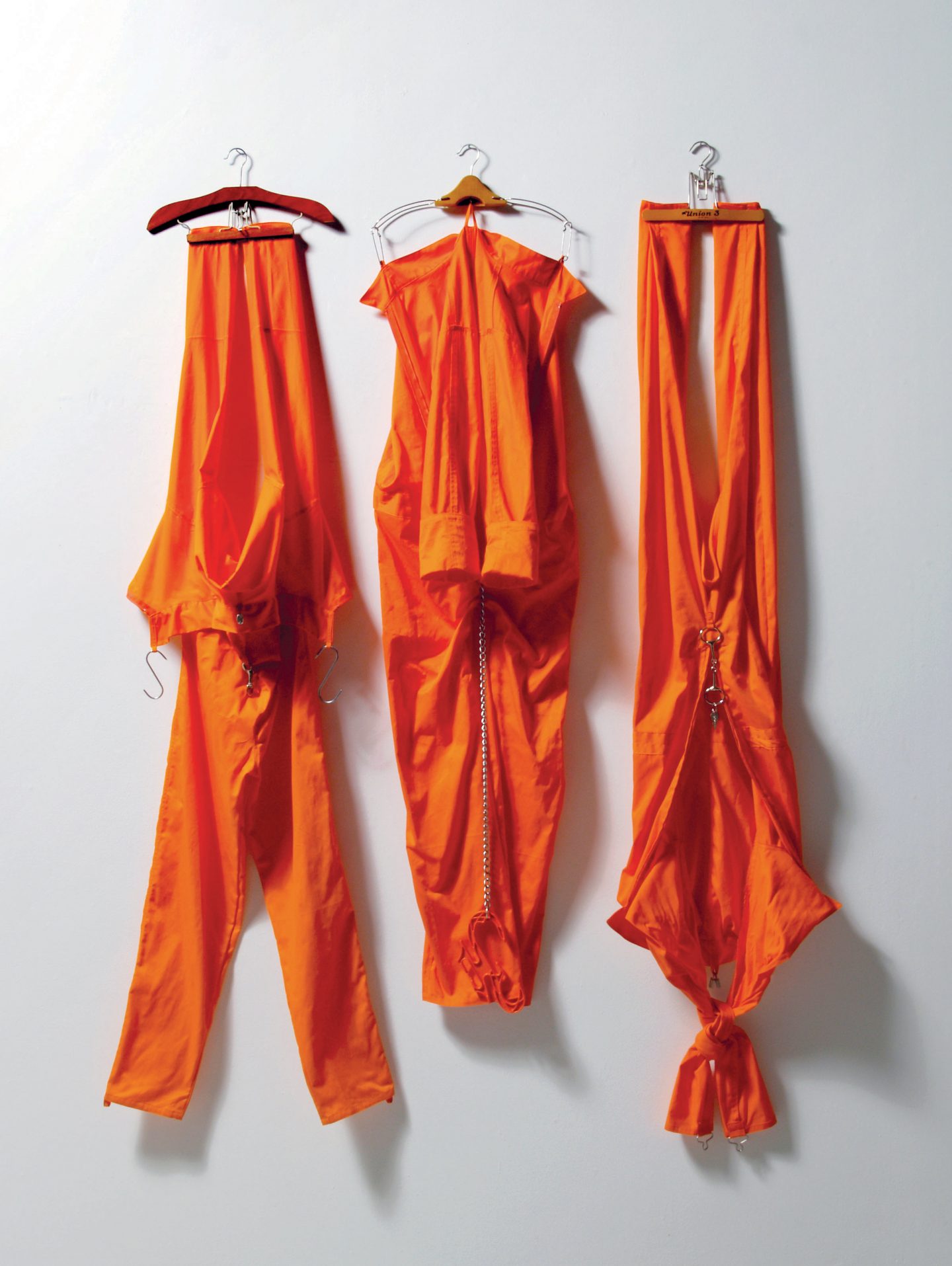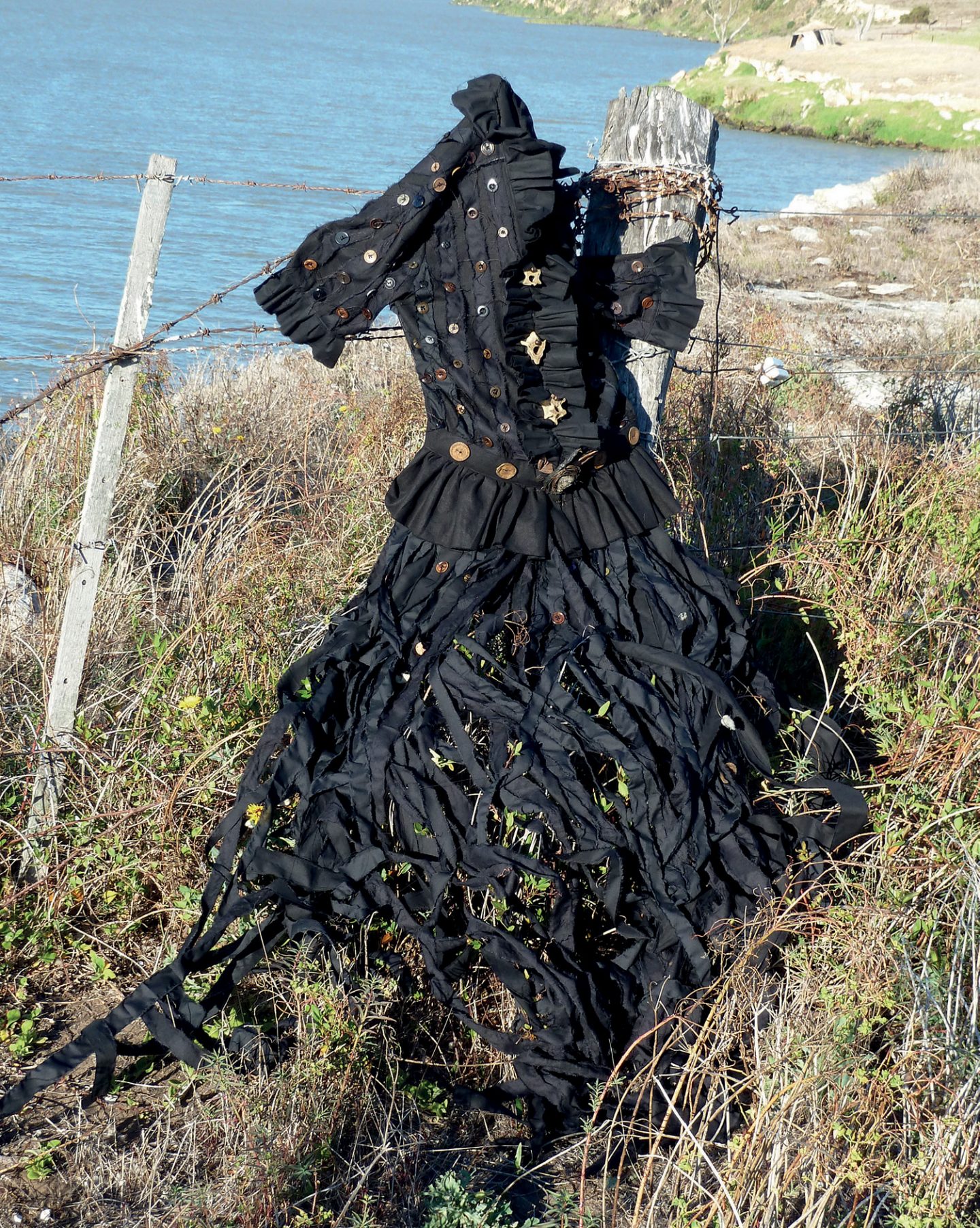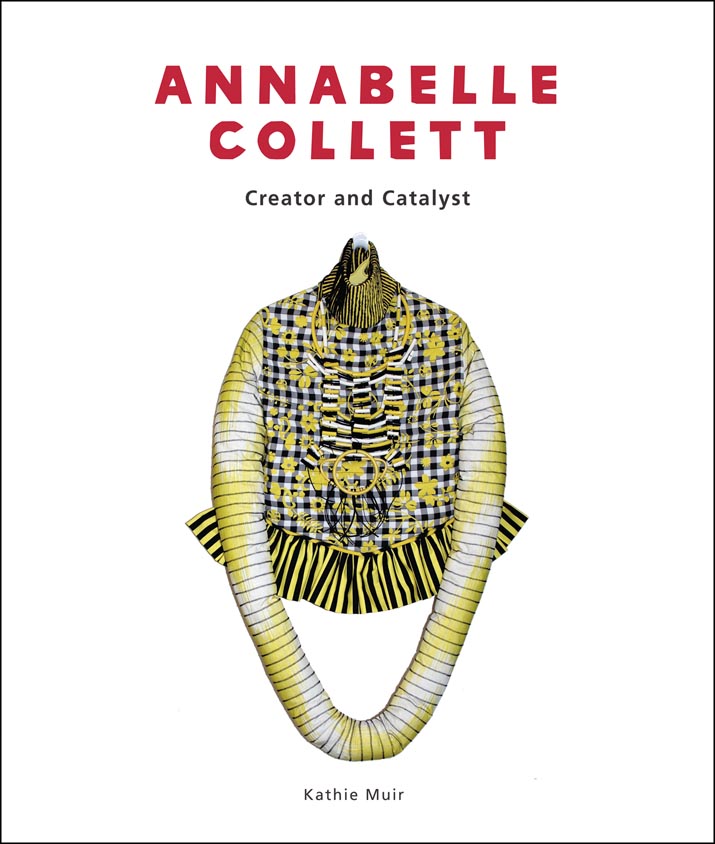
John Neylon
John Neylon is an award-winning art critic and the author of several books on South Australian artists including Hans Heysen: Into The Light (2004), Aldo Iacobelli: I love painting (2006), and Robert Hannaford: Natural Eye (2007).

A book recounting the career of the late Annabelle Collett reveals all is not what it seems in her sometimes subversive art.
Sydney may have had its Yellow House Artists Collective, pumping with counter-culture vibes back in the 70s. At the same time, the Adelaide art scene was marching to a different drum, no less energised and crazy at the edges than Sydney but really pushing the envelope in terms of interrogating and politicising art practice.
The sometimes unruly love children of the Dunstan era, including the Progressive Art Movement and the Experimental Art Foundation, didn’t adopt a single Yellow House model but occupied a variety of spaces in and around the city. Adelaide’s east end, before the produce market was kicked out and the area relatively gentrified, was a landing strip and launch pad for a diversity of foodie, art and design retail and studio enterprises. Annabelle Collett opened her designer store, Ya Ya New Wave Clothing (later Ya Ya Oblique Clothing), here in 1978.
Collett gave up the shop in 1981 to concentrate on knitwear and design aspects of her practice. If this sounds like a ‘vibrant young fashion designer runs a boutique frock shop’ story, forget it. The characteristic energy and creative curiosity that Collett brought to all aspects of her life spilled into multi- media space. Like her counterparts who had run with marketing opportunities in Carnaby Street and Kings Road in 60s and 70s London, Collett understood the multiplier effect of fusing fashion with hair styling, music, jewellery, photography and multimedia performance.
Her work was regularly featured in lifestyle magazines, notably POL, Vogue Living, Mode and Harper’s Bazaar.

Parallel to this, Ya Ya knitwear, introduced by 1979, had become a major business and, by the mid 80s, her colourful jumpers, cardigans and skirts had established strong national and international markets. A research trip to Paris in 1981 inspired Collett to commit to designing complete environments. Ambitious interior design commissions, notably Limbo nightclub, off Hindley Street, in the early 80s, realised an ambition to create an immersive experience for patrons.
So far, Collett emerges from this narrative, comprehensively and elegantly told by Kathie Muir, with the support of tributes from fellow artists, designers and curators, as a force of nature who would let nothing get in the way of her dream to share a passion for fabric and pattern with the world.
But there are two other chapters to the story. The first is the artist’s significant contribution to the art community. Collett had a talent for collaborating, organising and curating exhibitions, while working in Adelaide and, from around 2012, at Clayton Bay on the Fleurieu. A capacity to bring people together and her extensive networks within the art community injected the local arts and wider community with a mood of excitement about the way art can transform lives.
The second chapter is the heartland of the artist’s practice. Camouflaged within the Ya Ya razzle dazzle is a deeper subtext which Kathie Muir (and other contributors) articulate. Writer and curator Julie Ewington’s tribute says, “Annabelle Collett loves fabrics and pattern and the personal thrill of beautiful clothing and accoutrements, but she is unsparing in her insider’s critique of the ways women’s lives have been shaped by them.” Ewington is referring to an evolution in Collett’s practice in the mid 90s characterised by a more conceptual approach, inflected by political and social concerns.
From the late 90s Collett produced works that addressed gender constructions from a feminist agenda. Seen through the prism of Collett’s practice, this exploration is slightly chaotic, often humorous and never boring. In the book, Muir gives ballast to an appreciation of Collett’s subversive tactics by locating her practice within broader contexts of feminist discourse. It is an important component of the book because it establishes a platform for an ongoing analysis of not only Collett’s work but other artists who, for the greater part of their lives, have had their work trivialised or written about as design or craft – but not as art.

The book, with its extensive gallery of images, does justice to the multifarious nature of Collett’s practice, including her bitter- sweet evocations of the female form through the apparatus of commodified desire (body modifications and ornamentation), and the garment as analogy of marketing and male gaze predation. Collett’s love affair with plastic was never going to die.
Her plastic assemblages have all the fun of the fair but, typically, often reference the problematic nature of our relationship with the stuff. Collett is one of those ‘totality’ artists whose combined practice keeps breaking on the imagination like her outsized Plastic Wave (2014). But in some larger, stand alone works, notably Gitmo Gear: The Worst of the Worst (2008), Art Mad (2017) and Abandoned Dress (2011), this sense is broken by the visual authority of the form and gives notice of another kind of self-awareness and a harnessing of talents to greater purpose. Perhaps at some future time such works will be relocated from the overarching Collett narrative and looked at afresh in the company of others.
Michael Snelling says that there was nothing like Ya Ya designs (“Memphis Group meets Keith Haring”) in Australia or New York when he went there in the late 70s. He believes Collett could have shot out the lights there. But South Australia, then the most progressive state in Australia, provided Collett with the goldilocks space in which to play with serious intent.
Annabelle Collett: Creator and Catalyst, Kathie Muir is out now via Wakefield Press

John Neylon is an award-winning art critic and the author of several books on South Australian artists including Hans Heysen: Into The Light (2004), Aldo Iacobelli: I love painting (2006), and Robert Hannaford: Natural Eye (2007).